Entertainment
The latest Entertainment breaking news, comment, reviews and features from the experts at T3
-

Alien fans rejoice, new sci-fi series is near 46 years after landmark original
Alien: Earth gets a teaser
By Max Freeman-Mills Published
-

Netflix in May: Five new shows and movies you need to know about
Netflix is going for a big month
By Max Freeman-Mills Published
-

Amazon Prime Video in May: Don't miss these new shows and movies
Here are five highlights coming soon
By Max Freeman-Mills Published
-
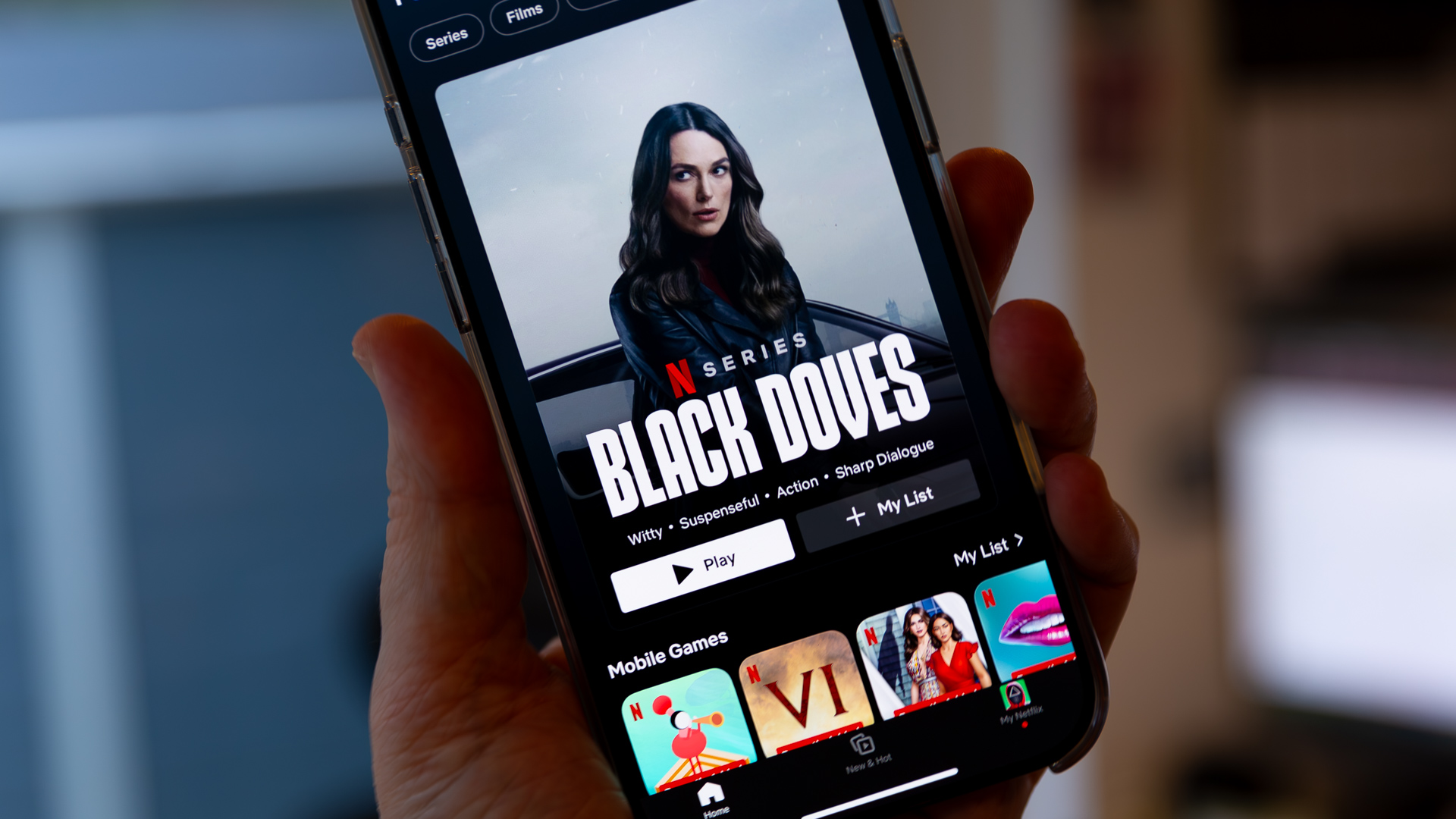
Netflix's new feature update could enhance viewing for millions of subscribers
If you love subtitles, Netflix has the ideal new feature for you
By Rik Henderson Published
-

"Welcome back Succession" – HBO's new movie looks mighty familiar
Mountainhead should be a blast
By Max Freeman-Mills Published
-

Netflix's new series looks like The Queen's Game crossed with Naruto – in the best way
Netflix brings another manga to the screen
By Max Freeman-Mills Published
-
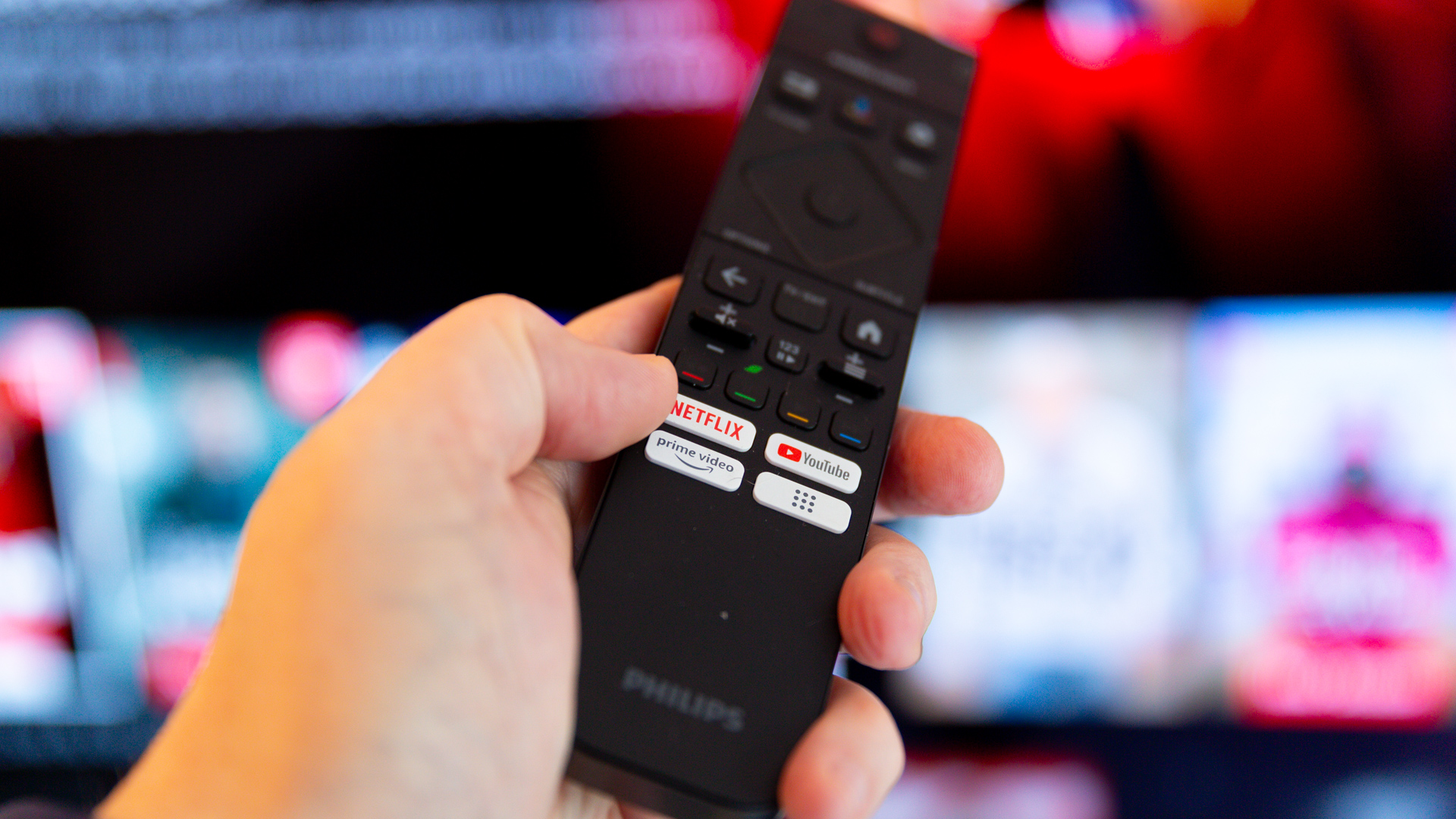
3 Netflix TV shows that are as uncomfortable to watch as they are gripping
Some of the best shows on Netflix can disturb for one reason or another – here are three that give you the shivers but are still unmissable
By Brian Comber Published
-

Apple TV+'s sexy chef Carême gets another thrilling trailer
This show looks pretty unique
By Max Freeman-Mills Published
-
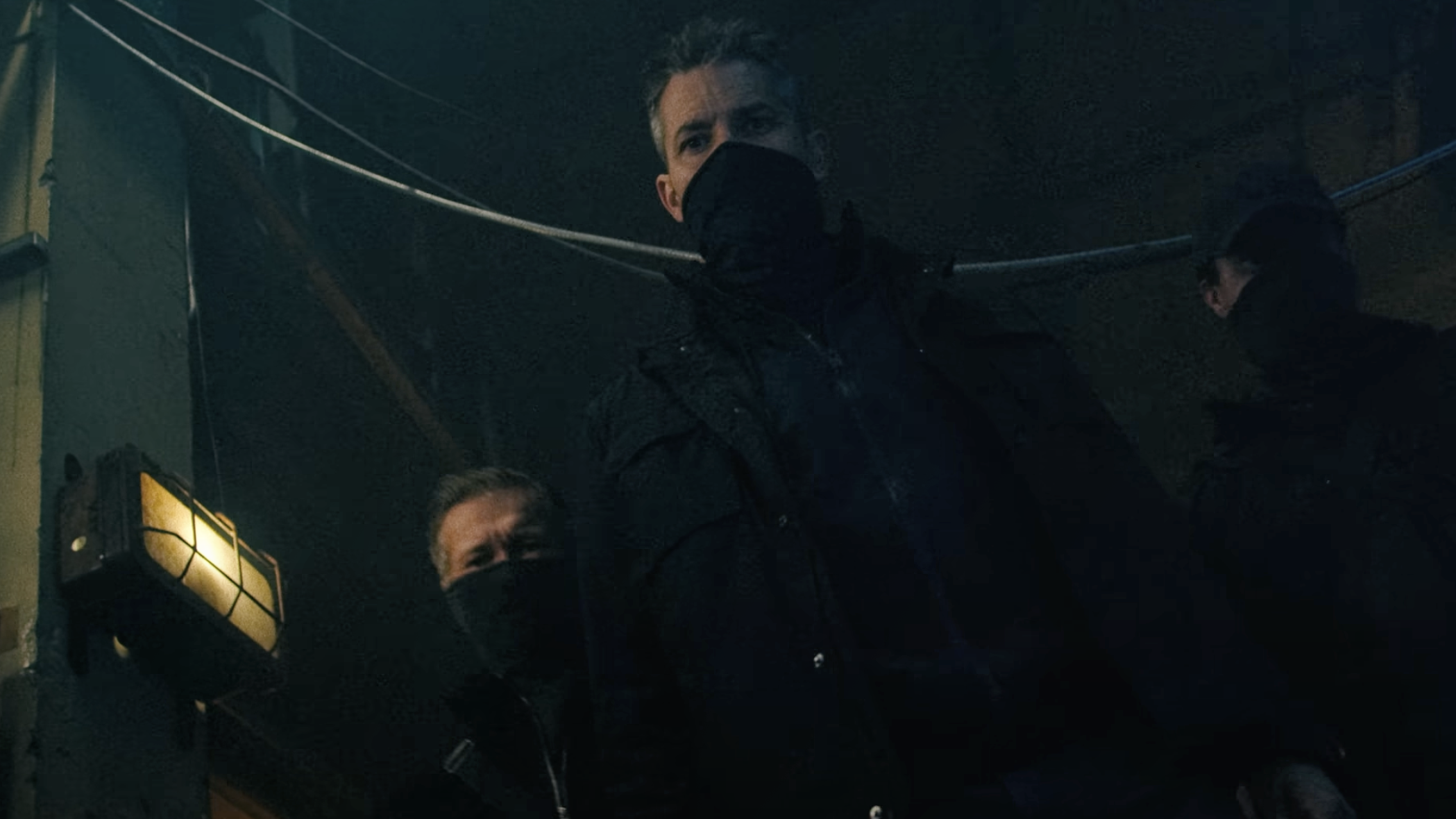
"It's like a musical" says Tom Hardy of his new ultra-violent Netflix movie
Havoc is now streaming on Netflix
By Mike Lowe Published
-
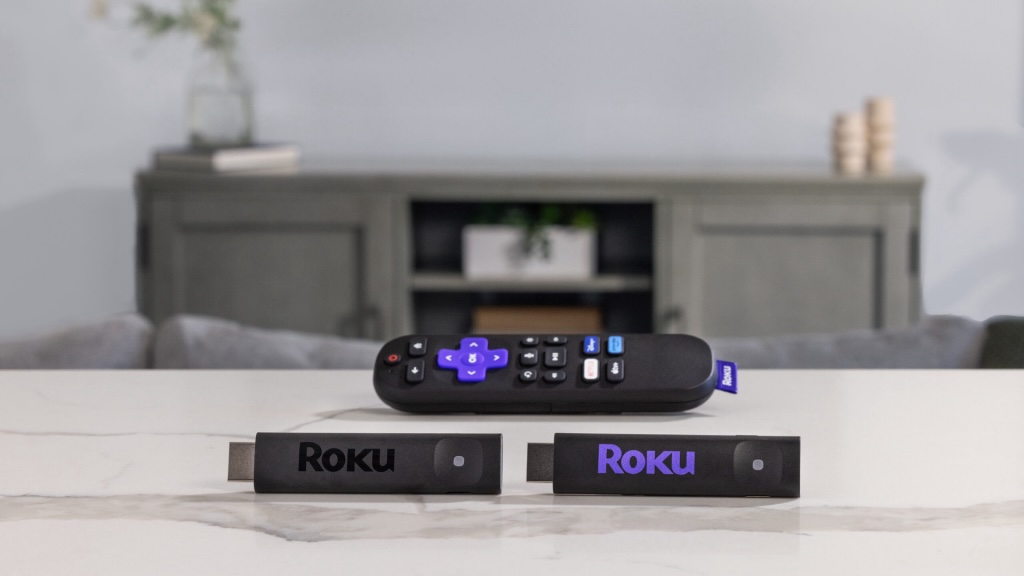
Roku takes the fight to Amazon with new streaming sticks at unbelievable prices
Roku launches two new streamers in the UK and US, but its new cameras aren't coming to the UK yet
By Carrie Marshall Published
-

Amazon scores a huge 100%-rated hit with new Jacob Elordi show
The Narrow Road to the Deep North is big
By Max Freeman-Mills Published
-

Is this detective show my next obsession on Prime Video?
Ballard expands an existing universe
By Max Freeman-Mills Published
-
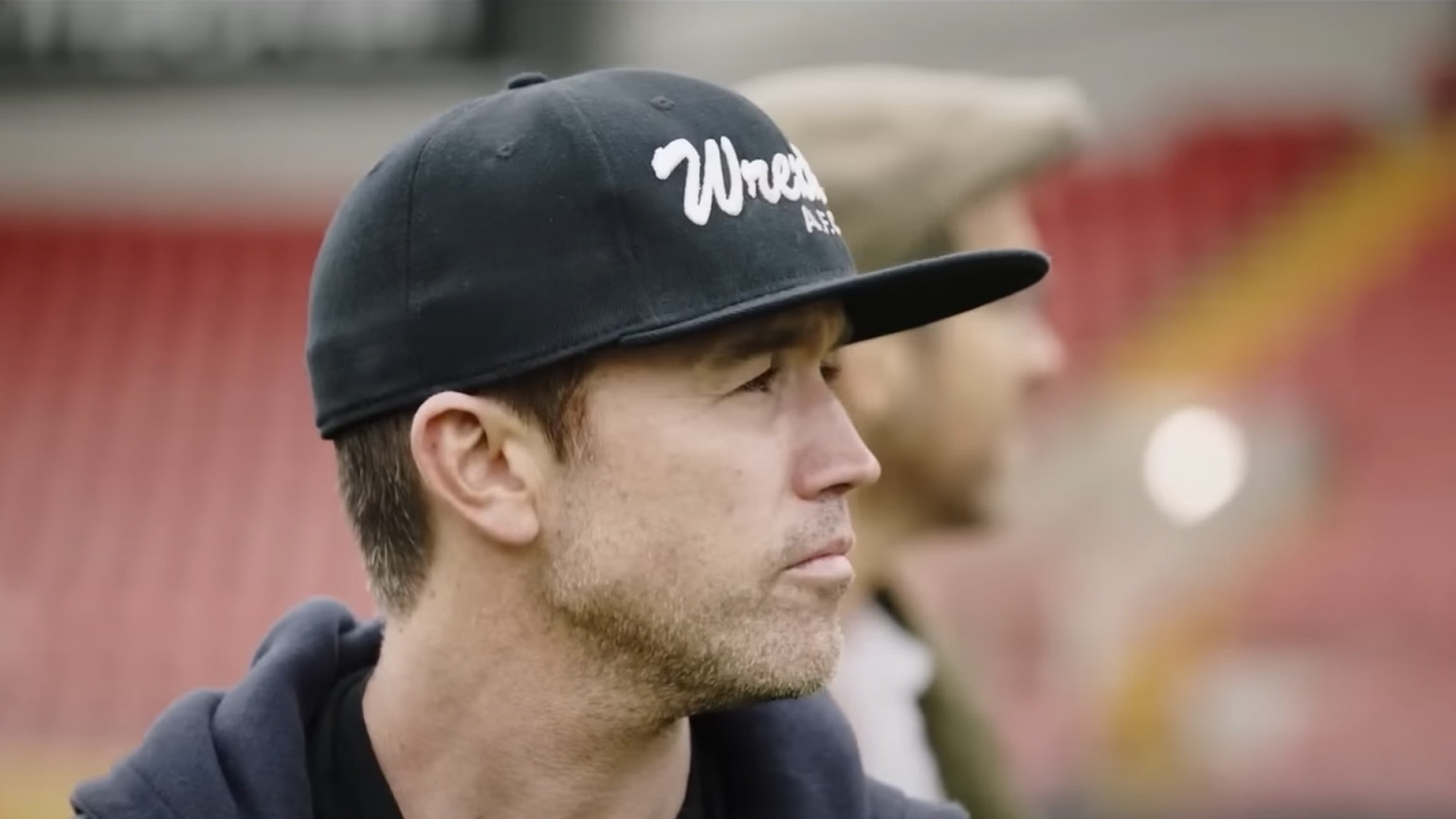
Welcome to Wrexham season four is coming – here's when
The Disney Plus favourite had 100% on Rotten Tomatoes last season
By Sam Cross Last updated
-

Is this about to be Prime Video's sauciest movie of all time?
Another Simple Favor looks steamy
By Max Freeman-Mills Published
-
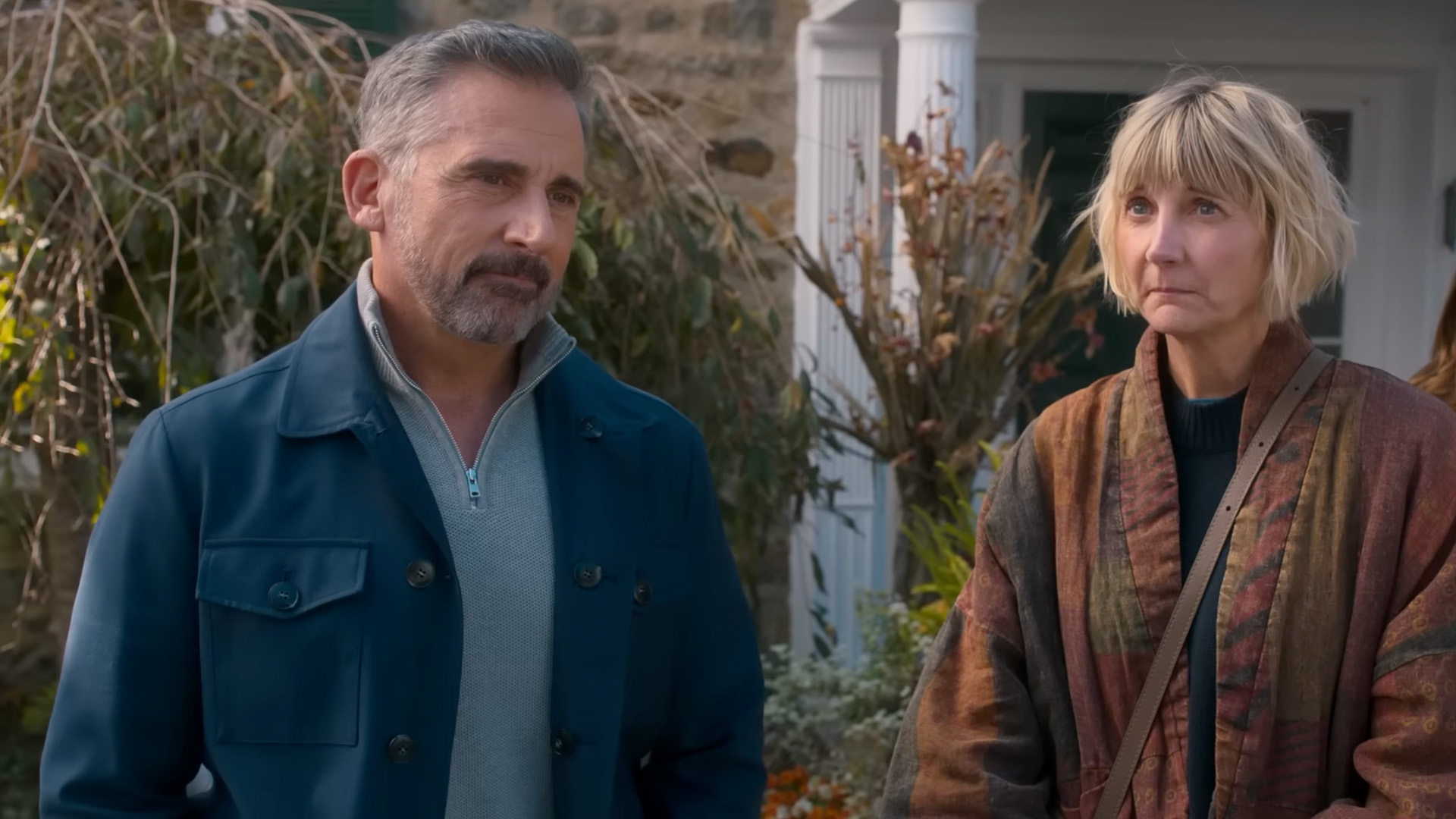
I can tell this new Netflix comedy series is going to have a sad twist
The Four Seasons will have light and shade
By Max Freeman-Mills Published
-

You might not know about it, but this Prime Video sequel is going to be enormous
Culpa Nuestra will be massive
By Max Freeman-Mills Published
-

The Last of Us season 2 isn't the best, according to viewers
Critics and viewers are at odds with The Last of Us season 2's premiere
By Mike Lowe Published
-

Apple TV+'s beloved sci-fi series gets a surprise sequel and trailer
Wondla is coming back
By Max Freeman-Mills Published
-

Netflix's most surprising 100%-rated sci-fi series returns with gorgeous trailer
Love Death + Robots is back for more
By Max Freeman-Mills Published
-

My most anticipated Netflix movie of the year gets a wild new trailer
Havoc looks pretty unbelievable
By Max Freeman-Mills Published
-

Forget the tariffs, Paddington 3 is now on Netflix to bring you joy
Paddington In Peru is now streaming on Netflix
By Mike Lowe Published
-

I did the unthinkable and subscribed to Paramount+
Hear me out: Paramount+ is worth paying for right now
By Mike Lowe Last updated
-

I love the Murderbot books, and Apple TV+'s first trailer has me excited
Murderbot is a series I can't wait for
By Max Freeman-Mills Published
-

This runaway Netflix no.1 hit shows reviews aren't everything
Ignore The Life List's Rotten Tomatoes score
By Max Freeman-Mills Last updated
-
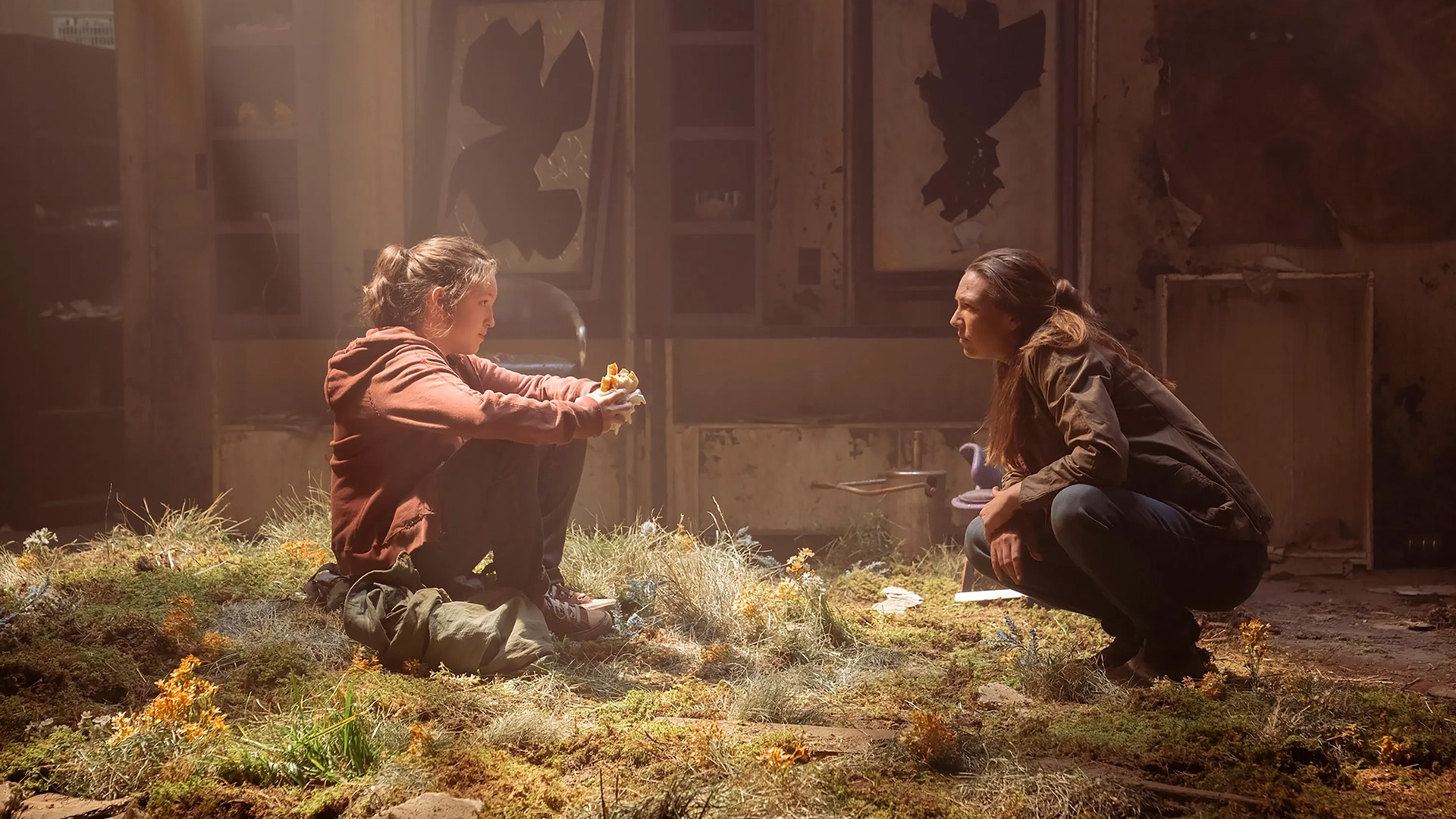
HBO’s best show in recent memory returns this weekend
The Last of Us season 2 is almost here
By Mike Lowe Published
-

The Handmaid's Tale hits different in 2025 but it's still a thrilling watch (no spoilers)
As season 6 kicks off on Hulu in the US, we see The Handmaid's Tale covering new ground with the same sense of foreboding
By Mat Gallagher Published
-

I'd never heard of this award-winning Apple TV+ series, but now it's back
Jane seems like lovely family fun
By Max Freeman-Mills Published
-

Apple TV+ summons the spirit of Indiana Jones for The Fountain of Youth
It's nabbed some big stars to help
By Max Freeman-Mills Published
-

You owe it to yourself to watch this unbelievable Prime Video show
Last One Laughing UK is a delight
By Max Freeman-Mills Published
